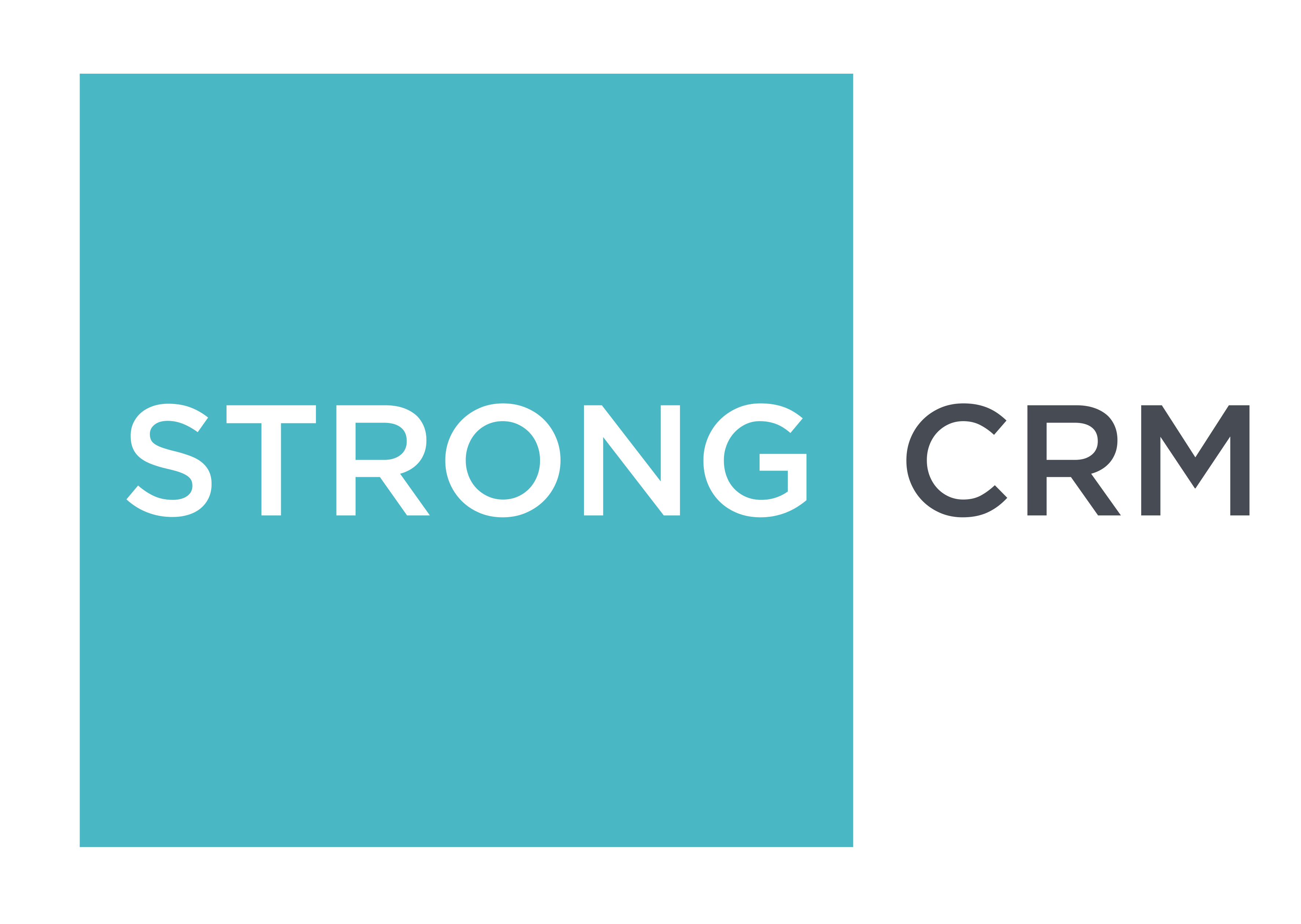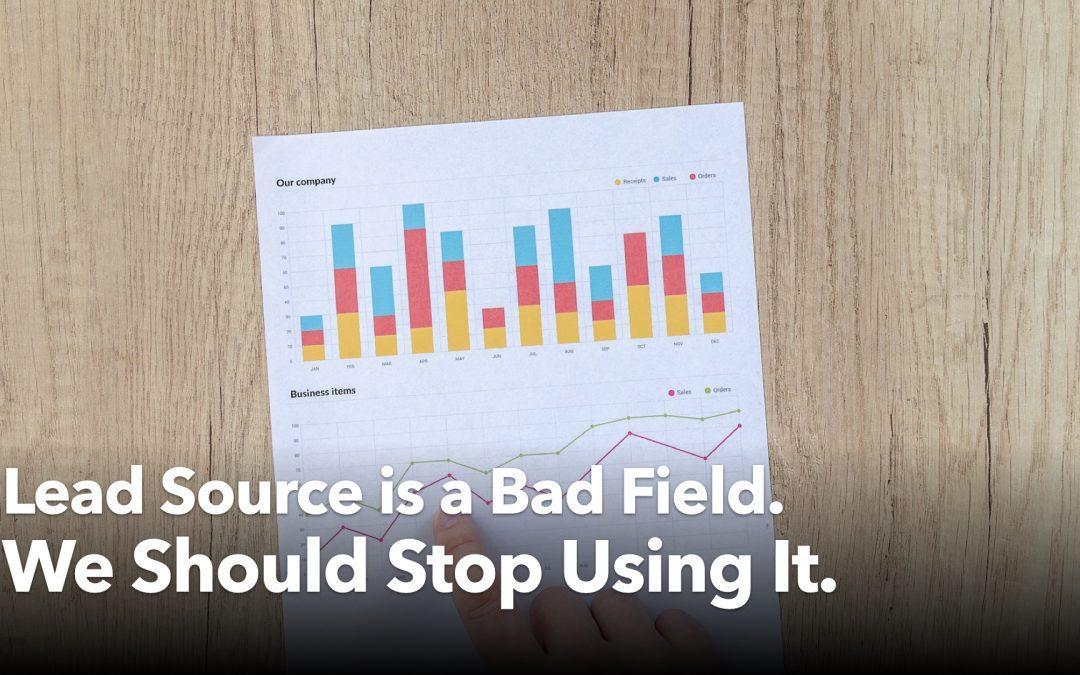If you’d like to discuss our Revenue Attribution services and get a free attribution audit, head here.
If I had a nickel for every time someone asked me “What is the source of this lead?” I might be able to buy a gallon of gas by now (yes, cheap inflation joke…you’re welcome).
It’s such a common question because, well, it’s arguably one of the most important questions in any revenue funnel. If you know where each lead came from, you can identify the CAC for that source. Since CAC paired with Cost-Adjusted LTV can essentially tell you if you have a viable business, it’s a very important thing to measure.
My typical response to the aforementioned question is “Which one?”
The Big Issue with Lead Source
The biggest issue with the “Lead Source” field stems from its history in the B2B Funnel. In the olden days of digital marketing, the customer funnel was easy. Click, convert, demo, sale. Lead Source was good enough to determine revenue attribution.
But, with digital ads now accounting for the majority of spend, marketing automation as a requirement, and the SDR team on the rise, B2B customer journeys (and even B2C customer journeys) are elongating. Lead Source no longer cuts it when a customer can interact with your brand online 5 times, at 2 events, and talk to an SDR before doing a demo.
So the biggest problem with Lead Source? It’s a photograph, and the buyer’s journey is a video.
Technical Challenges with Lead Source
There are also a few technical challenges with “Lead Source” as a field:
- In Salesforce there are 4 out-of-the-box fields that could be called “Lead Source”
- Source fields are picklists which automatically limits the amount of information you can collect
- There are multiple different types of lead source, and most people do not define what they want
Let’s start with the first problem: the out of the box fields in Salesforce.
You see, the four core starting objects in Salesforce: Leads, Contacts, Accounts, and Opportunities all have a “Source” field. And we could argue that each object deserves its own source. But more often than not, these fields are not synced, reports are all over the place, and there’s no plan for how to gather and parse this information between the various objects.
Picklists – while my first problem is with having too many source fields, the next two problems are with not having enough. Go figure.
The picklist problem is on the surface simple: there’s one picklist for source. This automatically limits the amount of options that you can collect.
The problem becomes bigger in practice. Often through the handoff between consultants, Sales Ops, Marketing Ops, etc, the various system administrators go into Salesforce and add their versions of what they think the Source fields should be. And because people rarely take the time to utilize global picklist fields (and you can’t use them for default fields), the multiple source fields get out of sync quickly.
Further, with the various changing of hands, the level of detail in those picklist options changes significantly. I’ve seen some orgs with each eBook as its own lead source option, right next to “eBook” as a lead source option. Which one should we choose? (insert shrug emoji).
Multiple Lead Source Types
This is the technical result of the big issue, and elicits my sarcastic response to the initial question. You see, there’s multiple ways to measure lead source, including:
- First Touch
- Last Touch
- Multi Touch
- Weighted Multi Touch
- U Shaped
- W Shaped
- Time Decay
If you’re just using Google Analytics, it’s kind of easy to select First or Last Touch attribution if the interactions are online. However, for most B2B organizations, when they are measuring “lead source” they’re actually measuring what I would call “Middle Touch” lead attribution.
First touch attribution is determined by the first time a lead interacts with your brand. This could mean the first time the user visits your website or the first time someone walks up to your booth at an event. It’s literally the first time the user interacts with an “owned property” of yours.
The problem with First Touch attribution is that it depends on the medium by which this person interacts with you. If they first touch you at an event, Google Analytics doesn’t record that (but most likely Salesforce will get it if you set your lead source when importing badge scans). If the first time someone visits your site they don’t fill out a form, Salesforce won’t get that information, but Google Analytics or your Marketing Automation system will.
Because of this, typically what gets tracked is somewhere in the middle. Sometimes it’s the event, but sometimes that user has interacted with your website without filling out a form. And since you only have one field (per object), the source can only be a single touch.
How to Fix Revenue Attribution
Wouldn’t it be nice if we could package up Revenue Attribution into one simple tool that solved it once and for all? In fact some companies have tried (and largely failed) to do just this. The reason this has failed is because the buyer’s journey is always evolving with new technology and processes.
When marketing was just turning digital, we went all in. Technology that tracked the buyer’s journey came out and taught us about weighted multi-touch attribution, which besides sounding really cool to say seemed to get us a great answer on Revenue Attribution.
But we forgot some things in these models. And they were huge. Events. SDRs. Offline Sources. It’s extremely hard to normalize data across all of these sources because the data is so different and they’re all in different systems.
The solution then becomes much more complex. First, you have to develop a common language around all of your potential interactions with customers. Then you have to aggregate and normalize the data. Finally, you have to apply algorithms and report on the outputs.
Common Language
We’ve developed a system for common language around Attribution.
| Attribution Term | Definition | Examples |
|---|---|---|
| Attributable Actions | Any action taken by your brand to capture a buyer’s interest | Paid Search Ad Syndicated Content Press Release Event Sponsorship SDR Email |
| Journey Steps | Any action taken by a buyer with your brand that is not a Significant Event | Ad click Website page view |
| Significant Events | Specific hand-raising activities taken by a buyer that signify significant interest in your brand | Booth Visit at Event Demo Request form fill Meeting Booked with SDR |
The last few steps are quite technical and require custom code and an understanding of databases. If you need help with this (and developing a common language), we do offer this as a packaged service.
Once you can get all this data normalized in a Data Warehouse and the algorithms run, you will be able to build any custom dashboard you would like with a BI tool to display your attribution data. And since you have all the data in one place, you can keep adding different algorithms based on what your team has decided is the best way to view attribution.
Conclusion
Solving this problem is not easy – and that’s why nobody seems to have solved it. But, if we can start to form a common language around attribution across various processes, we will see the buyer’s journey as a holistic system, not disparate departments handing pieces of data back and forth.
This will also allow for shared credit between all revenue departments for the long and complex B2B Revenue Funnels and thus more alignment between all departments.

